The Pink City, Jaipur – is well known for its history and architecture. It sits majestically in the state of Rajasthan, India; flaunting the expertise of the old artisans. If you love visiting gardens, bazaars, courtyards, forts and go crazy about the lifestyle of the people of the ancient period, then probably Jaipur is the ideal place for this holiday. One of the iconic attraction in Jaipur is the Jantar Mantar and visiting the place is one of the best things to do in Rajasthan.
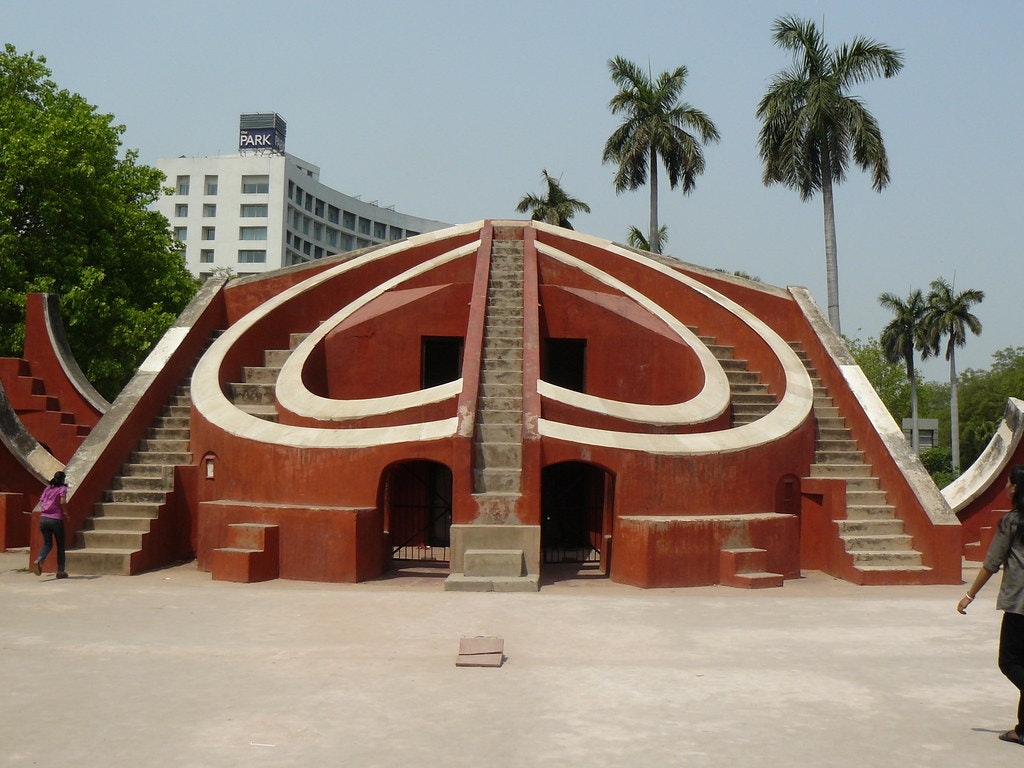
The name Jantar Mantar is derived from Sanskrit. Jantar Mantar means ‘Calculating Instrument’. It is an observatory with 14 astronomical instruments, that symbolises the Brilliance of the then architecture. The astronomical instruments are constructed of stone and help to interpret the position of the celestial bodies and also to calculate local time.
Who Constructed Jantar Mantar?
Jantar Mantar was constructed by Maharaja Sawai Jai Singh II of Jaipur, in the 18th century. He actually built five Jantar Mantars; in Jaipur, New Delhi, Ujjain, Mathura and Varanasi. Jaipur’s Jantar Mantar is the biggest of them all. It has about 19 astronomical Instruments in total. This Jantar Mantar gained international fame in 2010. It is also recognised as a UNESCO World Heritage Site.
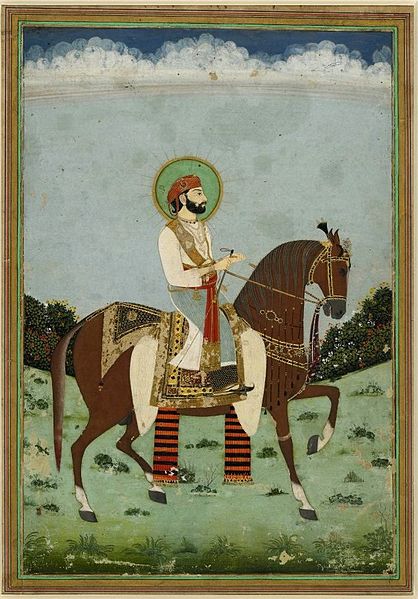
Why was Jantar Mantar Built?
Maharaja Sawai Jai Singh II was a great builder and excellent astronomer. He constructed these massive structures to accurately predict the movements of the planets, moon, and sun; also to assemble astronomical tables.
Major attractions within Jantar Mantar
- Vrihat Smarat Yantra (The Huge Sundial)
- Laghu Smarat Yantra (Sundial with an accuracy of 20 seconds)
- Ram Yantra (To Measure the altitude and azimuth of Sun and planets)
- Jaya Prakash Yantra (Locates the exact position of heavenly bodies)
- Chakra Yantra (The ring instrument – co-ordinates the hour angle of Sun)
- Digamsa (Pillar like structure – Predicts sunrise and sunset time)
- Nadivalaya (An Instrument parallel to the earth’s equatorial plane)
- Karnti Vritya (Measure solar sign of the sun)
Entry and Open timings:
The observatory is open on all days between 9:00 am to 4:30 pm. One hour is the maximum time, a tourist tends to spend here. If you have interest in Architecture and Astronomy, then have a buffer time added to this one hour; before you plan your visit
The Entry fee
- Indians: 50 INR
- Indian Students: 15 INR
- Foreign Tourists: 200 INR
- Foreign Students: 150 INR
Best Time to visit
The best time to visit during the daytime is at noon. This the perfect time to understand the readings of every instrument.
Must see
You shouldn’t miss the light and sound show. It is definitely worth your time. The tickets for this light and sound show cab be purchased at the entrance.
- Mar – Apr: 7:00 pm
- May – Sep: 7:30 pm
- Oct – Feb: 6:30 pm
Not just Jantar Mantar, there are many more places in and around Jaipur that depicts the excellence of the art and architecture of the rulers of Jaipur. To know more about such amazing places in India, keep reading Pickyourtrail Blogs. You can also reach out us at Pickyourtrail to get amazing tour packages for travelling all over India.
Related Itineraries
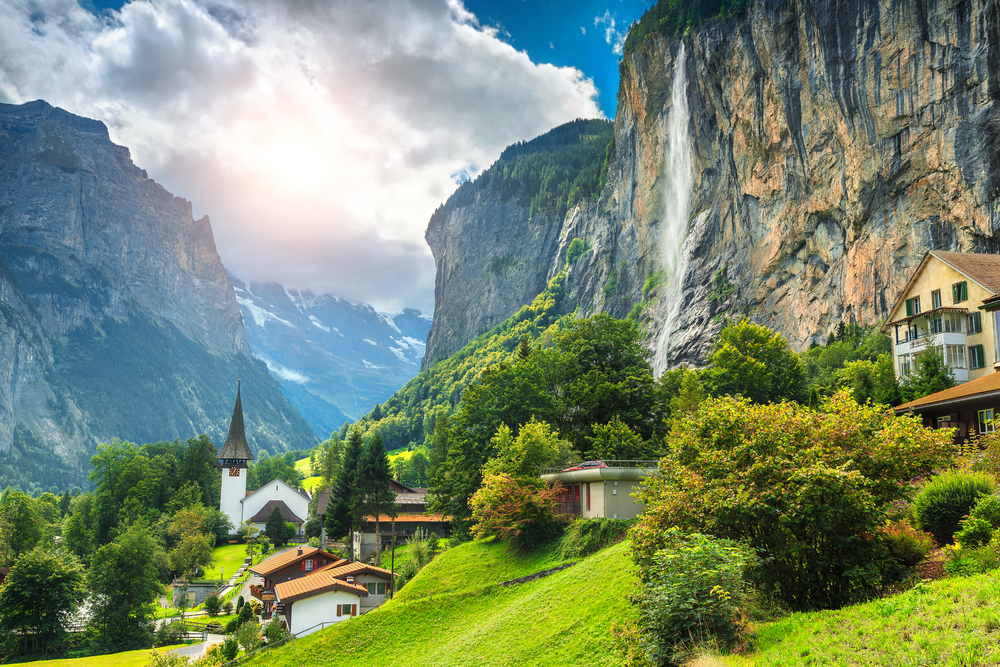
Relaxing 7 day Switzerland itinerary for the Honeymoon travellers
- Flights excluded
- 4 star accommodations
- 6 activities
- Private transfer
₹ 2,20,885
Starting price/person
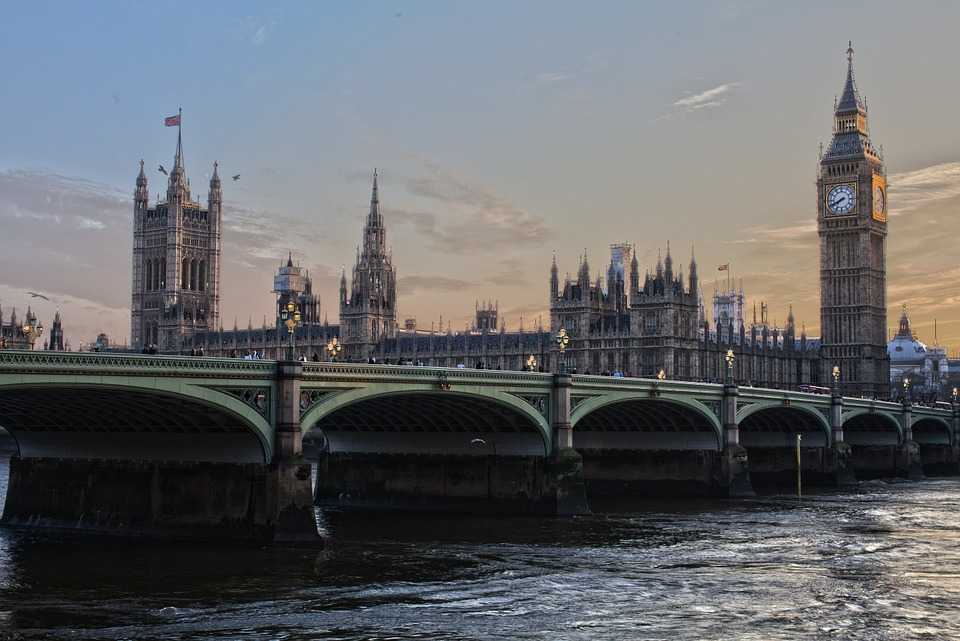
London Dreams: Stay in London and wander around for 6 night stay
- Flights excluded
- 3 star accommodations
- 7 activities
- Shared transfer
₹ 1,07,442
Starting price/person
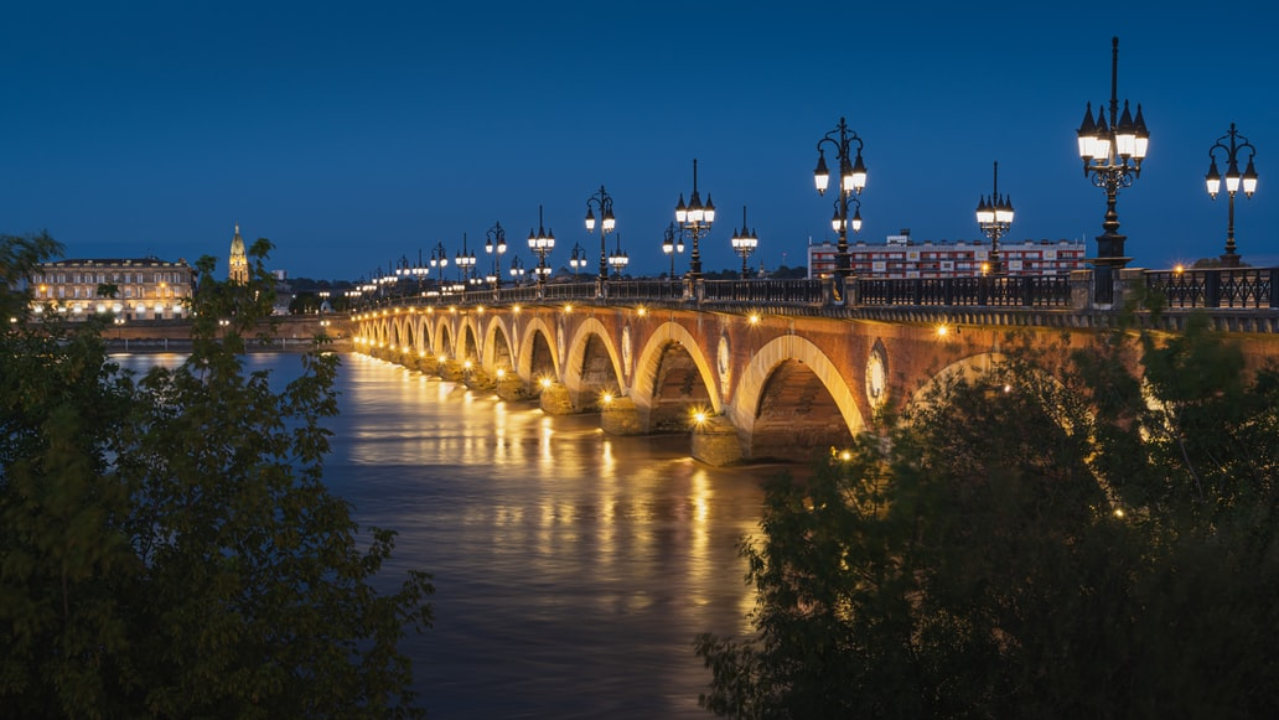
Beautiful 9 Nights France Tour Packages
- Flights excluded
- 3 star accommodations
- 6 activities
- Shared transfer
₹ 52,649
Starting price/person

Stunning 6 Nights Northern Lights Packages
- Flights excluded
- 2.5 star accommodations
- 3 activities
- Transfers excluded
₹ 64,954
Starting price/person

Fantastic 6 Nights Finland Northern Lights Tour Package
- Flights excluded
- 4 star accommodations
- 2 activities
- Shared transfer
₹ 69,369
Starting price/person
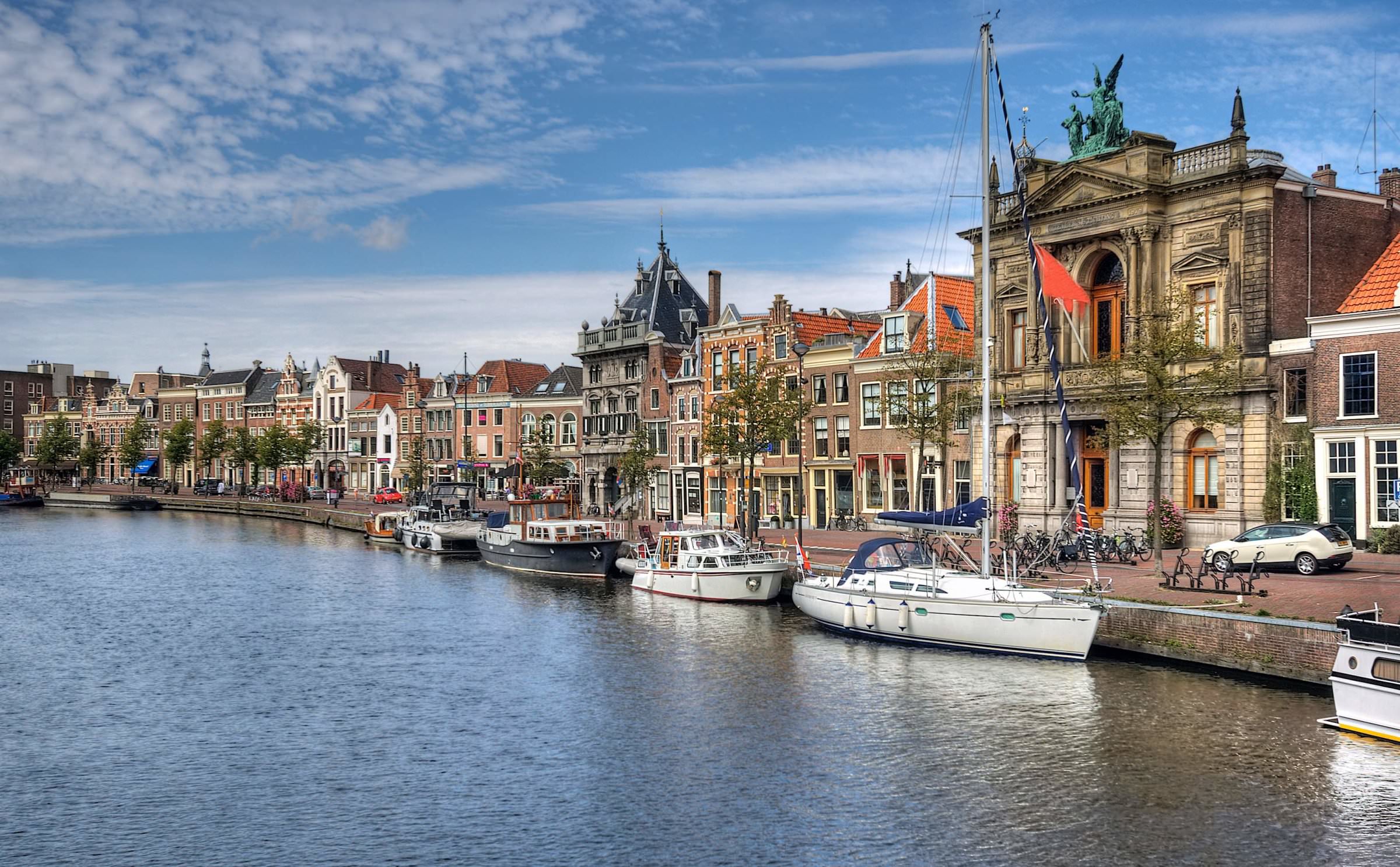
Amazing 10 Nights Netherlands Trip Package
- Flights excluded
- 2 star accommodations
- 9 activities
- Private transfer
₹ 52,895
Starting price/person

Magical 10 Nights Spain Tour Package
- Flights excluded
- 4 star accommodations
- 9 activities
- Shared transfer
₹ 1,17,742
Starting price/person

Europe Tour Packages For 6 Nights
- Flights excluded
- 4 star accommodations
- 7 activities
- Shared transfer
₹ 52,876
Starting price/person

Europe Trip Packages For 10 Nights
- Flights excluded
- 4 star accommodations
- 9 activities
- Shared transfer
₹ 73,921
Starting price/person

Romantic 8 Nights Bali and Vietnam Honeymoon Packages
- Flights included
- 4 star accommodations
- 6 activities
- Shared transfer
₹ 99,947
Starting price/person



